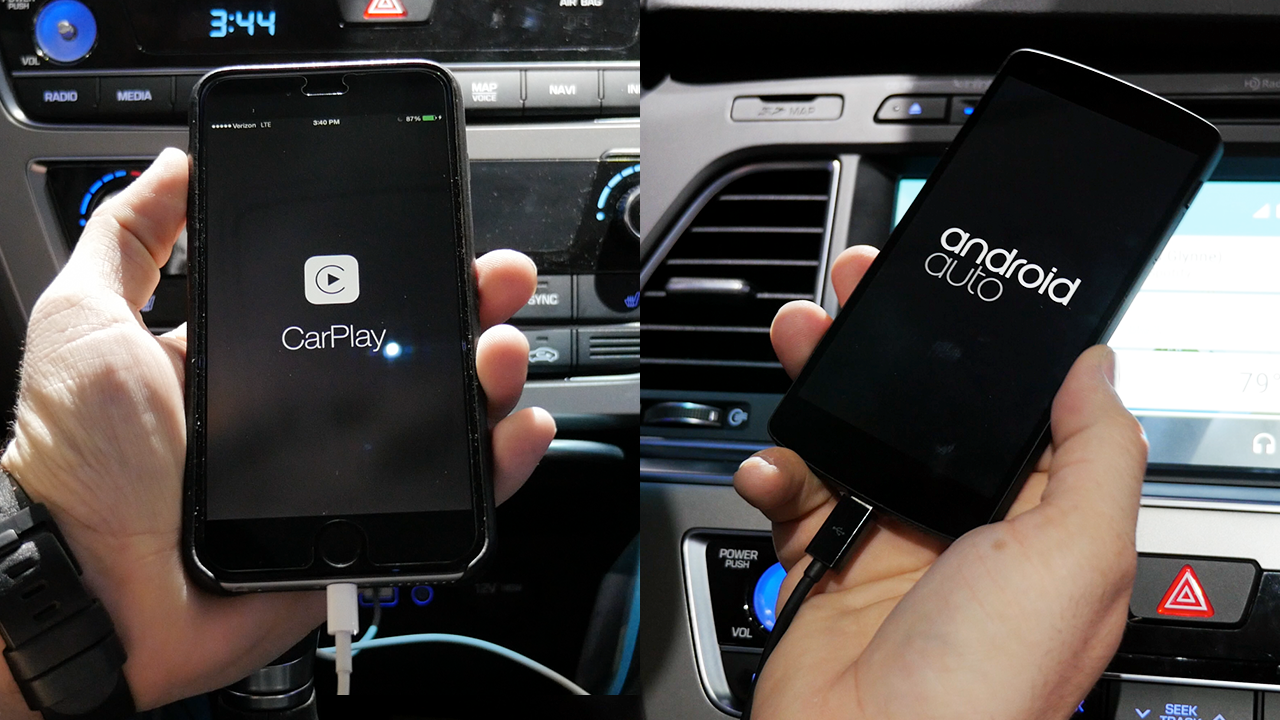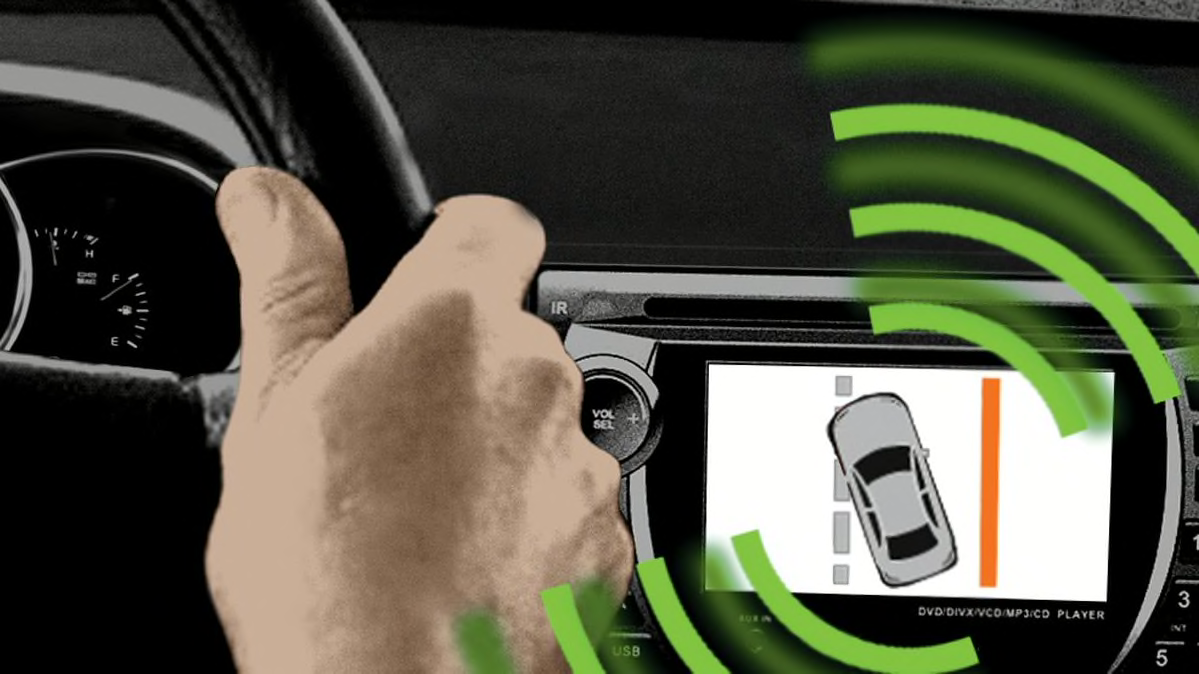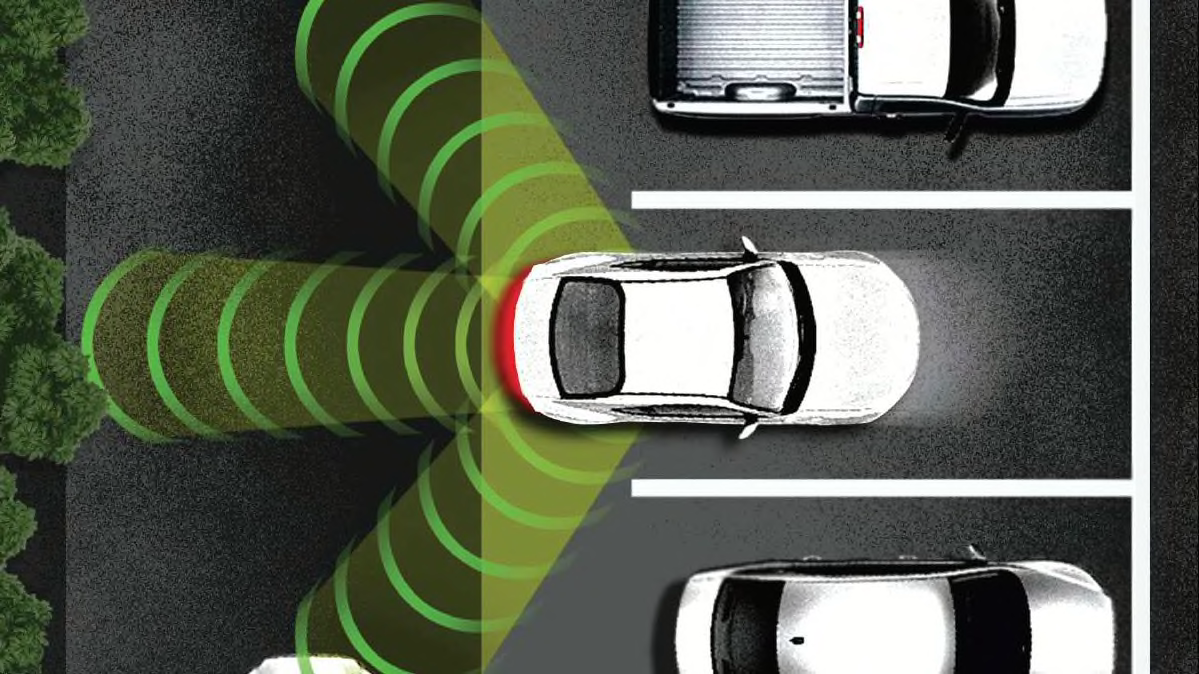Latest Automotive Technology of 2020

Auto technology has developed at such a speedy pace that contemporary mainstream vehicles today incorporate many features that were given only on high-end models just a few years before, and at significant cost. But thanks to economics of trebuchet, technology once thought alien, like adaptive cruise control with a stop-and-go capacity, are available on commuter-friendly compact sedans. Here’s our take of the must-have tech pieces you should consider when buying a new vehicle.
- Apple CarPlay and Android Auto

Although carmakers are constantly striving to make their screen-based infotainment methods faster-acting and more comfortable to use, many operators prefer the familiar and often superior functionality of their smartphone. They may also want to use smartphone apps such as Waze that aren’t on their in-car system.
Apple CarPlay and Android Auto allow an uncomplicated version of your smartphone screen to surface on your car’s dashboard display. The in-car system must be implemented with Apple CarPlay or Android Auto, and the great news is that functionality is moving down to all but the base trim level in most new vehicles.
- Blind-spot warning

As its name suggests, a blind-spot warning system alerts drivers to a vehicle in their blind spot. Sensors monitor the area adjacent the car’s rear sides, and when a vehicle in an adjacent lane is identified, a warning light lights, typically in the side-view mirror on the corresponding side. If the driver disregards the signal and warnings to move into that lane, most systems will then radiate the alert and possibly also sound a notification.
Some systems additionally provide brake intervention, meaning they will apply the brake on a wheel on one side of the car to prevent the driver from driving into the next lane when a vehicle is detected in the blind point.
- Lane-Keeping Assist

Although lane-keeping assist can take care of guiding responsibilities quickly on its own, the systems are designed to be made use of with chauffeur input, as well as if the chauffeur's hand is not found on the steering wheel, they will blink a cautioning to place your hands on the wheel.
- Keyless entry and access, pushbutton start
The next action past crucial fob remotes is easy keyless access, which is coupled with pushbutton start and enables a motorist to unlock, start, turned off, and secure the auto all without touching the essential fob.
The system works by identifying the fob in your pocket or handbag, as well as it opens the door when you draw the take care of or touch a switch on the manage. Inside the cars and truck, a simple pushbutton ignition begins the auto, as long as the fob is found.
To secure the cars and truck after auto parking, normally there's a touch-sensitive area or switch on the outside door deal with that you push to lock the car, once more with the remote on your individual. A flash of the lights and/or a beep of the horn validates that the vehicle is locked.
- Connected Mobile Apps
Connected mobile apps permit proprietors accessibility to a range of automobile details and also the ability to carry out a host of vehicle-related features through their mobile phone. The specifics vary by make and also version, however details can include: gas level, battery charge level and also array (in EVs), location of a parked vehicle, whether the auto is locked or opened, and also whether any type of windows or the sunroof is open.
App-enabled functions can include remote beginning; organizing solution; locking, unlocking, and engine beginning (when integrated with electronic key); notification when the automobile surpasses a certain speed or journeys outside a geofenced location; and also the capability to send out a destination from your phone to your car's navigating system.
Connected mobile applications commonly have a registration fee. Each brand has its very own name for its application, some examples being: Lincoln Way, MyFord Mobile, AcuraLink, BMW Connected, Mercedes me, as well as Volvo on-call.
- Rear Cross-Traffic Alert

Rear cross-traffic alert is often paired with blind-spot warning because they use the same cameras or radar sensors, but rear cross-traffic alert performs a different function. When backing up, it warns the driver of approaching traffic from either direction—usually with both an audible and visual warning. Some systems combine rear cross-traffic alert is automatic braking, meaning that if the driver ignores the warning, the car will brake automatically to avoid backing into the path of an oncoming vehicle.
- Automatic Emergency Braking
Automatic emergency braking, which is combined with forward collision warning, is one of the most important safety advances of recent years and is proven to reduce rear-end collisions. It is particularly useful in heavy traffic, where a moment’s inattention can find a driver looking up to see traffic stopped ahead.
This system scans the road ahead, and if the closing speed to a slowed or stopped vehicle ahead indicates the danger of a collision, it will first sound a warning—a flashing light sometime accompanied by an alert tone—and if the driver does not react, either by braking or steering, the system will automatically apply the brakes. The automatic brake application can either avoid or at least mitigate the force of the collision.
- Adaptive Cruise Control with Traffic Assist

Basic versions of adaptive cruise control, once set, can slow the vehicle below the set speed when traffic ahead slows, then return to the set speed once it clears. But it only works above 30 mph or so, and if the cars ahead drop below that speed, the system will switch itself off (with a warning to the driver).
Advanced versions of adaptive cruise control include traffic assist (sometimes referred to as all-speed adaptive cruise control or adaptive cruise control with stop-and-go) and continue to function all the way to a stop, making it much more useful in heavy traffic. With most advanced systems, if the stop lasts only a moment or two, the car can move off again on its own. If the stop lasts longer, the driver usually has to give the accelerator a nudge or tap one of the cruise-control buttons to get moving again, at which point the system re-engages.
- 360-degree camera
Backup cameras are currently mandated in all new cars, but large vehicles and those with compromised visibility really benefit from more robust, 360-degree cameras. With this functionality, a series of cameras around the car send info to a central computer, which can stitch together a top-down view around the car that can be shown in a split-screen display along with the rear camera view, greatly aiding maneuverability in tight quarters.
- Teen Driver Technology
Households with young drivers will want to avail themselves of teen driver technology, which can function as an electronic overseer of newly licensed drivers by setting limits and tattling on bad behavior.
Depending on the features offered by the automaker, vehicle keys or key fobs can be programmed to: set a speed warning; set a speed limit; prevent the vehicle from shifting into gear if the driver seatbelt is unbuckled; prevent the audio system from turning on unless all front-seat passengers have buckled their seatbelts; set a lower maximum volume for the stereo; prevent active-safety features from being switched off; and block adult content on satellite radio.
Following a teen’s use of the family car, the owner can get reports on the teen’s driving history, including distance traveled, maximum speed, how often the accelerator was floored, and whether certain safety systems were triggered.






























































